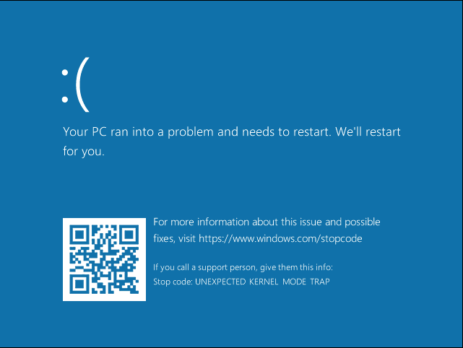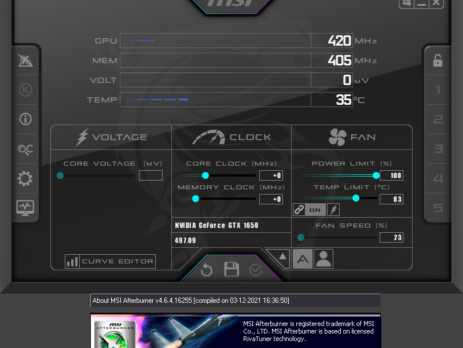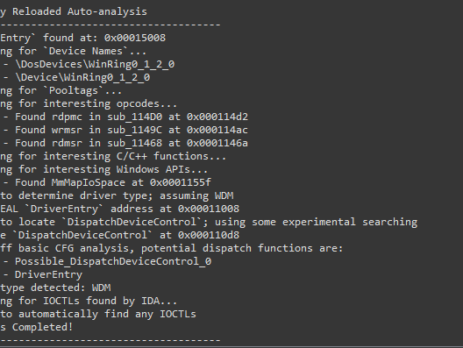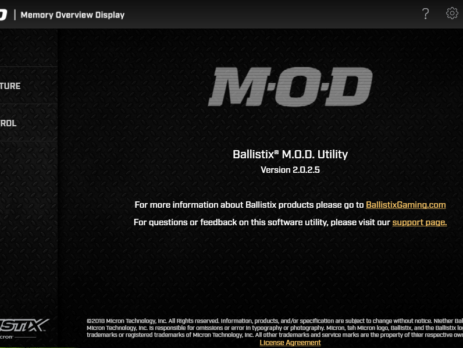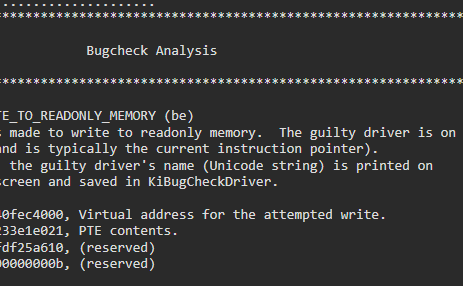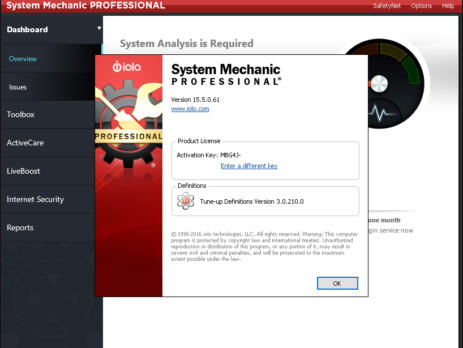15Jun-23
20Jan-22
Windows Drivers Reverse Engineering Methodology
With this blog post I’d like to sum up my year-long Windows Drivers research; share and detail my own methodology for reverse engineering (WDM) Windows drivers, finding some possible vulnerable code paths as well as understanding their exploitability. I've tried to make it as "noob-friendly" as possible, documenting all the steps I usually perform during my research and including a bonus exercise for the readers. Setting up the lab While in the past, setting up a lab for kernel debugging was a...
16Dec-21
Merry Hackmas: multiple vulnerabilities in MSI’s products
This blog post serves as an advisory for a couple of MSI’s products that are affected by multiple high-severity vulnerabilities in the driver components they are shipped with. All the vulnerabilities are triggered by sending specific IOCTL requests and will allow to: Directly interact with physical memory via the MmMapIoSpace function call, mapping physical memory into a virtual address user-space. Read/write Model-Specific Registers (MSRs) via the __readmsr/__writemsr functions calls. Read/write 1/2/4 bytes to or from an IO port. An attacker could exploit...
27Oct-21
Driver Buddy Reloaded
As part of my continuous security research journey, during this year I’ve spent a good amount of time reverse-engineering Windows drivers and exploiting kernel-mode related vulnerabilities. While in the past there were (as far as I know), at least two good IDA plugins aiding in the reverse engineering process: DriverBuddy of NCC Group. win_driver_plugin of F-Secure. unfortunately, nowadays, they are both rusty, out of date and broken on the latest version of IDA. They relied on external dependencies, were lacking documentation and...
29Sep-21
Crucial’s MOD Utility LPE – CVE-2021-41285
Crucial Ballistix MOD Utility is a software product that can be used to customize and control gaming systems, specifically LED colours and patterns, memory, temperature, and overclock. During my vulnerability research, I’ve discovered that this software utilizes a driver, MODAPI.sys, containing multiple vulnerabilities and allowing an attacker to achieve local privilege escalation from a low privileged user to NT AUTHORITY\SYSTEM. This blog post is a re-post of the original article “Crucial’s MOD Utility LPE” that I have written for Yarix on YLabs. Advisory...
28Jul-21
Root Cause Analysis of a Printer’s Drivers Vulnerability CVE-2021-3438
Last week SentinelOne disclosed a "high severity" flaw in HP, Samsung, and Xerox printer's drivers (CVE-2021-3438); the blog post highlighted a vulnerable strncpy operation with a user-controllable size parameter but it did not explain the reverse engineering nor the exploitation phase of the issue. With this blog post, I would like to analyse the vulnerability and its exploitability. This blog post is a re-post of the original article “Root Cause Analysis of a Printer's Driver Vulnerability” that I have written for...
14Apr-21



